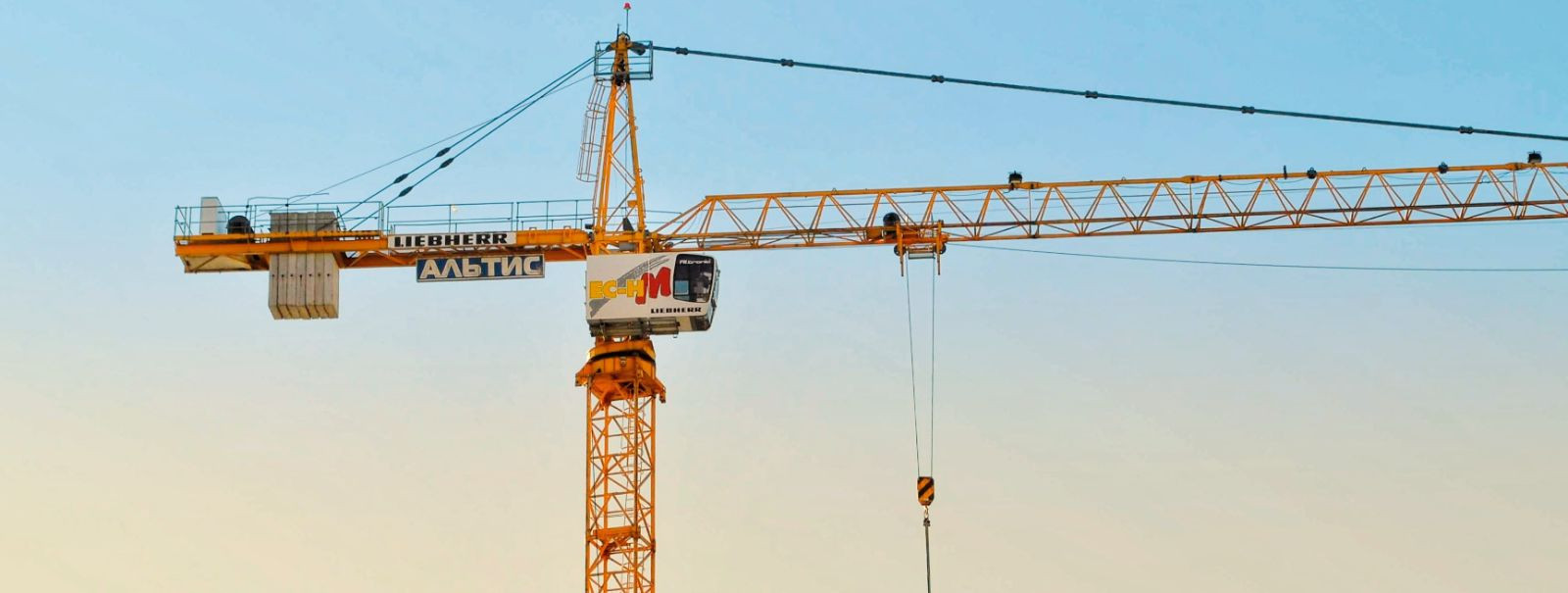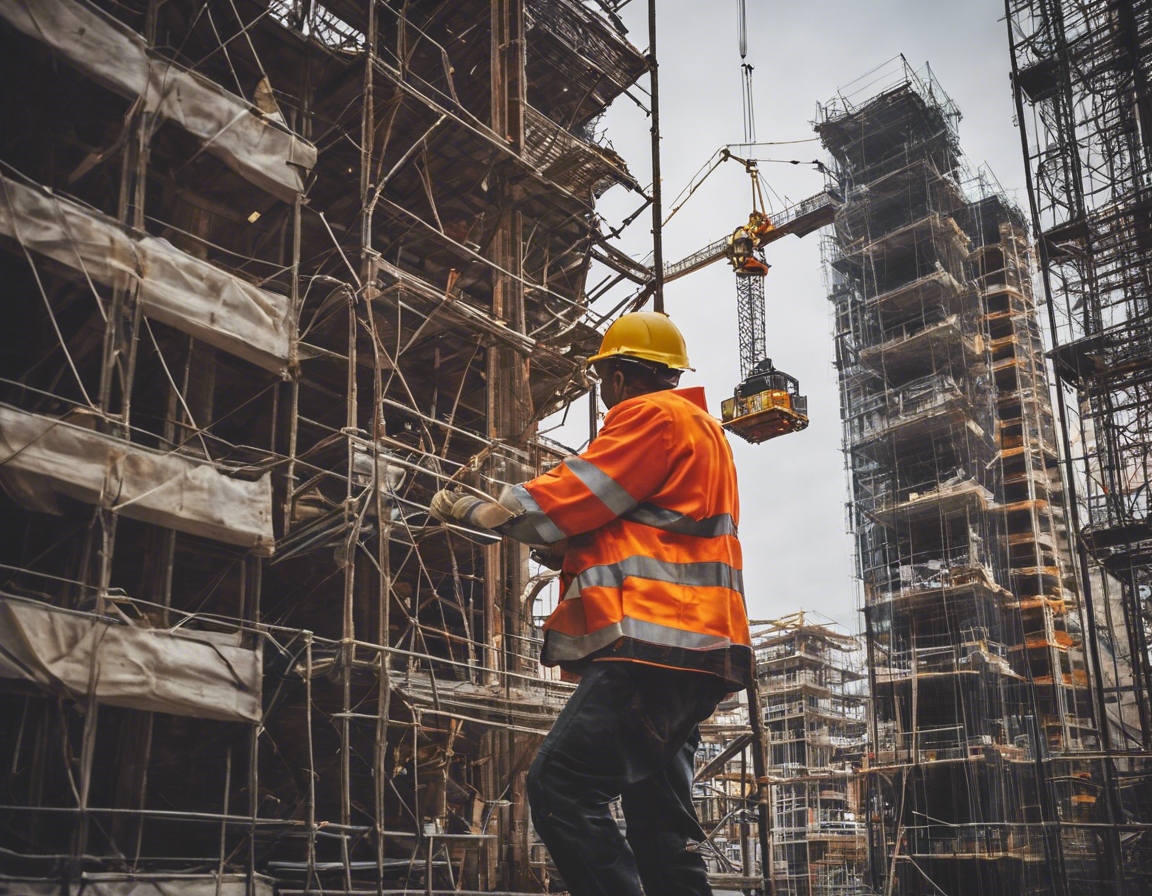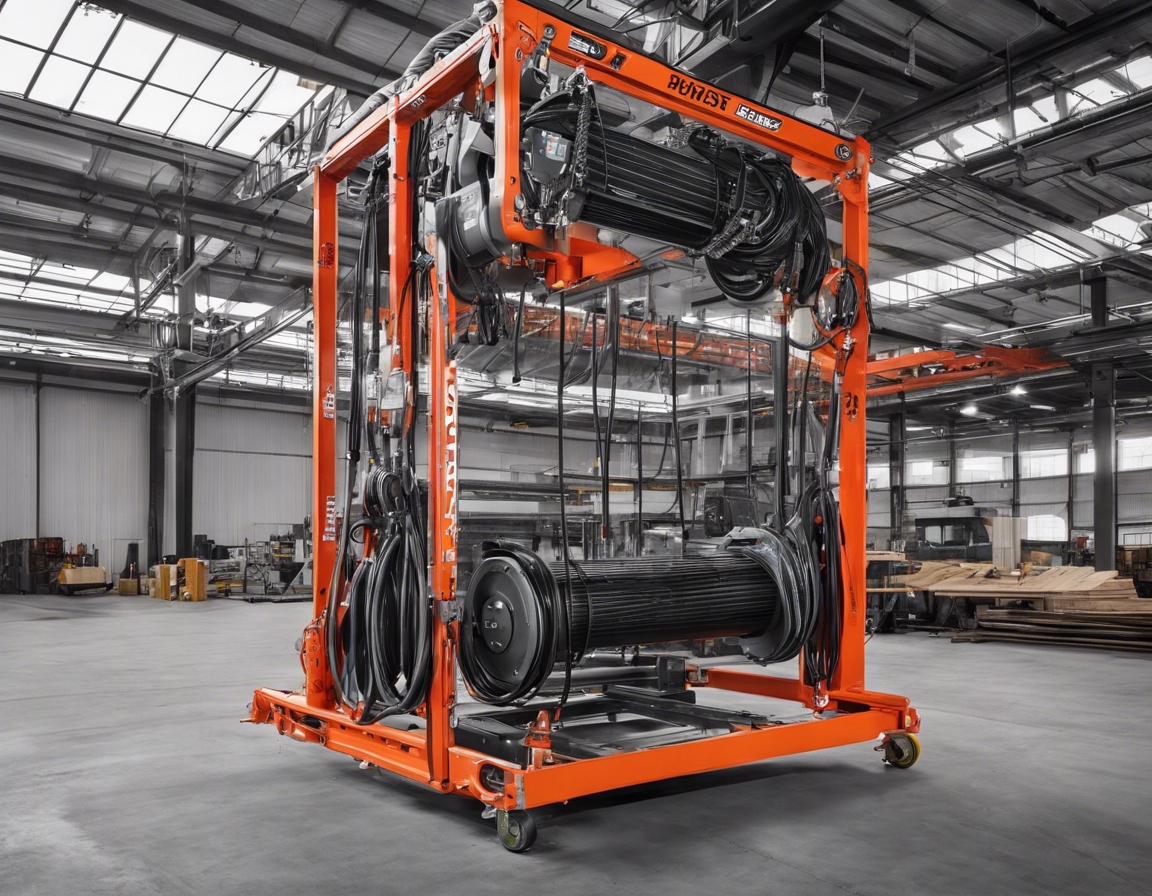Maximizing construction efficiency with hoist work
Hoist systems are mechanical devices used for lifting and lowering loads with the help of a drum or lift-wheel around which rope or chain wraps. They are essential tools in the construction industry, enabling the movement of materials and equipment to various heights with precision and control.
In the fast-paced world of construction, hoists play a pivotal role in ensuring projects are completed efficiently and effectively. They are particularly crucial in high-rise construction, where the transportation of heavy materials to elevated heights is a constant requirement.
Benefits of Using Hoists in Construction Projects
Hoists contribute significantly to the safety of construction sites by reducing the need for manual lifting, thereby minimizing the risk of injury. With proper use, they can help prevent accidents related to material handling.
By streamlining the process of moving materials, hoists can lead to a more efficient construction process, saving time and allowing for the timely completion of projects.
Hoists improve the overall logistics of a construction site, ensuring that materials are available where and when they are needed, thus reducing delays and increasing the speed of construction.
Types of Hoists Used in Construction
Manual hoists are operated by hand and are suitable for smaller loads and projects where simplicity and portability are valued over speed.
Electric hoists are powered by electric motors and are commonly used for heavier loads and projects that require more frequent lifting.
Hydraulic and pneumatic hoists use fluid or air pressure to lift loads and are chosen for their power and efficiency, especially in industrial settings.
Best Practices for Hoist Operation
Ensuring that hoists are correctly installed and regularly maintained is critical for safe and efficient operation. This includes following the manufacturer's guidelines and local regulations.
Operators must be properly trained and certified to handle hoist systems, as this will reduce the risk of accidents and increase the efficiency of operations.
Regular inspections are necessary to ensure that hoist systems are in good working order and compliant with safety regulations, which helps to maintain a safe construction environment.
Integrating Hoist Work into Construction Planning
Before integrating hoist work into a construction project, it is important to assess the specific requirements of the project to determine the most suitable type of hoist and the best practices for its use.
Strategic placement of hoists and careful scheduling of their use can greatly enhance construction efficiency by ensuring that materials are lifted in a logical sequence.
Effective coordination between hoist operations and other construction activities is essential to maximize efficiency and minimize disruptions on the construction site.






Comments (0)